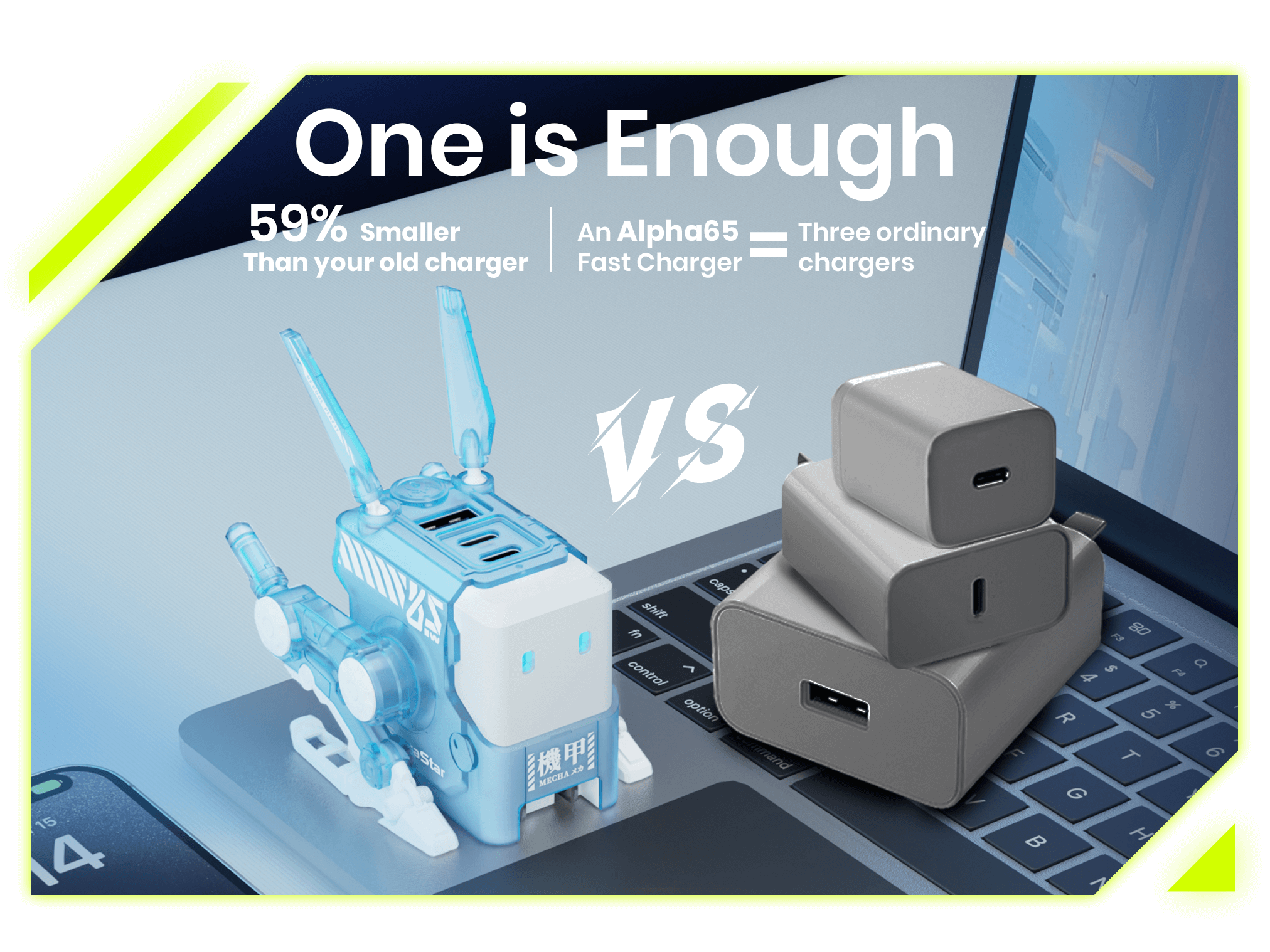The Evolution of USB-C Chargers
Shock! It's amazing how magical this thing is 65w usb c charger.USB-C chargers have revolutionized the way we power our devices. With the increasing demand for faster charging and more efficient power delivery, the latest technologies in 65W USB-C chargers have been at the forefront of innovation. From gallium nitride (GaN) technology to advanced power delivery (PD) protocols, the evolution of USB-C chargers has been nothing short of remarkable.

Gallium Nitride (GaN) Technology
One of the most significant advancements in 65W USB-C chargers is the integration of gallium nitride (GaN) technology. This semiconductor material has enabled manufacturers to design smaller, more efficient chargers that generate less heat and offer higher power density. As a result, GaN-based chargers have become increasingly popular among consumers looking for compact yet powerful charging solutions.
Advanced Power Delivery (PD) Protocols
Another key development in 65W USB-C chargers is the implementation of advanced power delivery (PD) protocols. These protocols allow for more precise control over the charging process, ensuring optimal power distribution to the connected device. With support for variable voltage and current levels, PD chargers can adapt to the specific requirements of different devices, resulting in faster and more efficient charging.
Enhanced Safety and Reliability Features
When it comes to charging electronic devices, safety is paramount. The latest technologies in 65W USB-C chargers have introduced enhanced safety and reliability features to provide users with peace of mind. From overcurrent and overvoltage protection to temperature monitoring and short-circuit prevention, these chargers are designed to prioritize the safety of both the device being charged and the charger itself.
Exploring the Latest Technologies in 65W USB-C Chargers for Jacqueline Williams Industry has undoubtedly transformed the way we power our devices. With the integration of GaN technology, advanced PD protocols, and enhanced safety features, these chargers represent the cutting edge of charging technology. As the demand for faster, more efficient charging solutions continues to grow, we can expect to see further innovations in the field of USB-C chargers, ultimately benefiting consumers worldwide.
